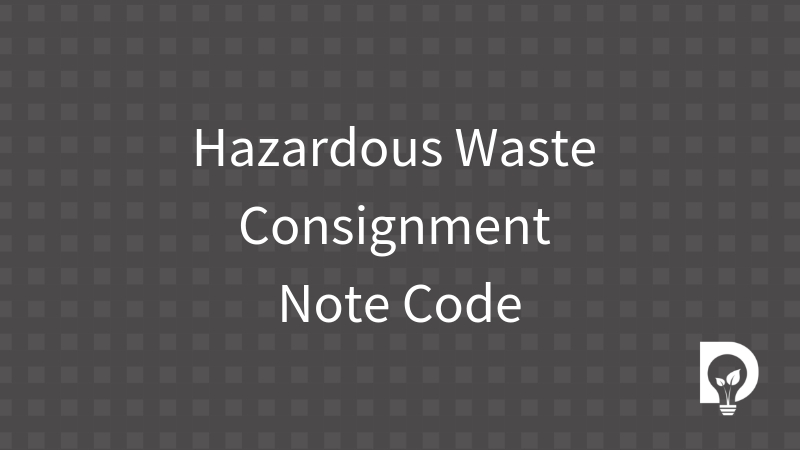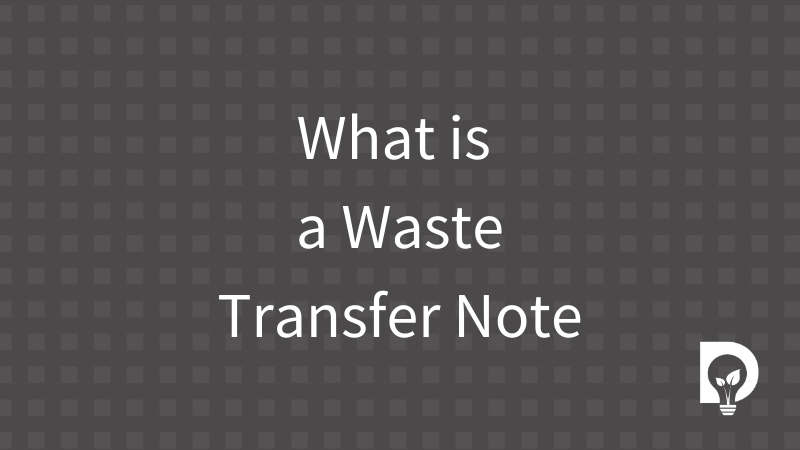On the 1st April 2016 the Environment Agency changed the way they wanted to see the Hazardous Waste Consignment Note Code on Consignment Notes. The tried and tested way of registering a site with the Environment Agency was changed to where a waste producer is now responsible for issuing a code and maintaining all the codes for uniqueness. The guidelines for the changes can be found here on the Environment Agency website under Complete the consignment note. The code will be entered into Part A of the consignment note.
If you need help completing your Consignment Note, get in touch any time, as we have built affordable software to help you complete digital Consignment Notes correctly.

"A consignment note code must be unique, and is valid for only one consignment. The format for the consignment note code must be ‘XXXXXX/YYYYY’:
- where ‘XXXXXX’ is the first 6 letters/numbers (not symbols or spaces) of the name of the company entered in part A2 of the consignment note, followed by
- ‘/’ and then
- ‘YYYYY’ which is exactly 5 numbers or letters (not symbols or spaces) you choose to produce a unique code for that collection
For example, CJTILE/A0001.
Note: If your company name has less than 6 letters/numbers you must assign the letter ‘Q’ to remaining characters. You must also assign an additional letter at the end of the consignment note code for certain types of consignment. Add:
- a ‘V’ to waste removed from ships - ‘XXXXXX/YYYYYV’
- an ‘F’ to fly-tipped waste - ‘XXXXXX/YYYYYF’
- a ‘D’ to waste moving under a consignee return derogation - ‘XXXXXX/YYYYYD’
- a ‘P’ to continuous piped waste ... "
While talking to waste producers about the change to the hazardous waste consignment note code there are a few common issues. The first is that waste facilities are continuing to raise and assign codes on the consignment notes. The problem is that waste producers can, and regularly do, use more than one waste facility in their waste management responsibilities. How are a number of different waste facilities meant to know which codes have been used already for that site? This means that the waste producer is not able to say for sure that the code is unique.
Another issue is that many waste producers have a number of different employees responsible for calling waste off of a site and not a single point for the entire site. Who then is responsible for making sure that a single hazardous waste consignment note code is unique on a large site?
This is where Dsposal is able to help. Our cloud-based waste reporting and compliance management software is able to raise and log each hazardous waste consignment note code on a secure online system. Users will then be able to send that code, through Dsposal, to their waste facility and/or waste carrier. As long as a code is raised using Dsposal it will not be duplicated and users will be able to view all of their past consignment note codes and input additional detail with it. For example, writing a job description and purchase order number against the code.


